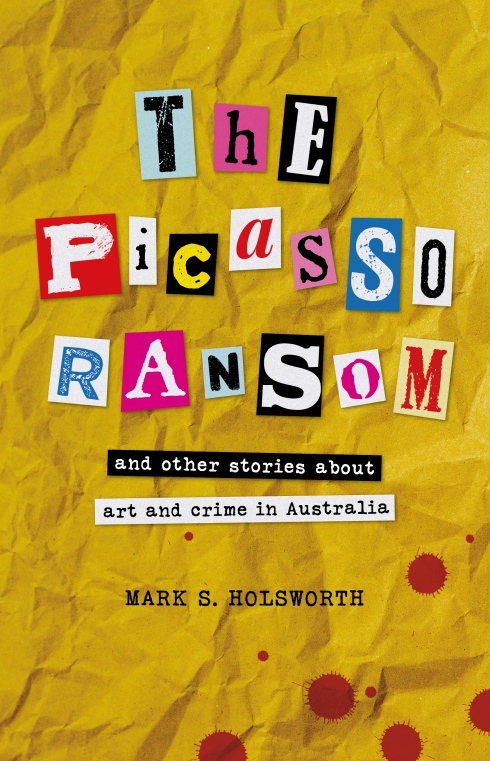Vexta “Extinction in Technicolour” occupies the main set of cabinets at Platform with paintings of flying figures that Vexta is famous for and installation elements.
Who are these figures? Is their extinction from our distant past or the near future? The painted animal skulls and bones made me think of an archaic cult. The animal skulls are often decorated creating a new zoology, where beaks protrude from skulls as if all creatures had the potential to transform into birds. In the paintings I kept on seeing myths from archaic Crete: Icarus with his wings, and Pasiphaë, the mother of the Minator. But that might just because I’m immersed in that mythology.
The images could also be from our future. The psychedelic colours, the scatter of broken glass and mirror cubes that adorn the animal skulls reminded me of the remains of a rave. Those little mirror cubes are so fashionable right now, decorating so many accessories. Is the wax that holds our civilization together melting like the wax holding the feathers onto Icarus’s wings?
Although Vexta comes from a street art stencil background, in Vexta’s images are mostly brush painted. However, the colour separation and design techniques used are common stencil art techniques. There are a few stencils and lots of aerosol spray dots. The paint drips from the aerosol dots and the paint drips from the run down across the black ground. Referencing her street art background Vexta’s large unframed paintings are propped up on aerosol cans, like Chris Ofili’s using elephant dung props for his paintings.
At first I thought that Jordan Wood’s untitled installation in Vitrine was part of Vexta’s show. The scatter of black objects matched the black bones and black background in her exhibition. The objects, the melted black plastic, the black ritual artifacts made from the remains of our own culture, like the cluster of golf clubs, are both threatening and useless.
In the Sample cabinet there is an installation of digital prints by Kumiko Michishita. Conversational phrases are painted in white on the glass of the display cabinet, like “It’s getting cold and harder to get up in the morning”. In the background amidst the mosaic of color digital prints are more eccentric statements: “sleep in blue”, “wear orange”, “breath in green”, and “eat red”.
In the two glasses cases at the Majorca Building there are two enlarged photocopies of a hand making a V sign in both directions. One is palm front, a symbol for “peace” the other, with the back of the hand, a symbol for “fuck”. It is Carl Scrase’s work “The Generative Power of Opposites” – crude but effective.


What are your thoughts?